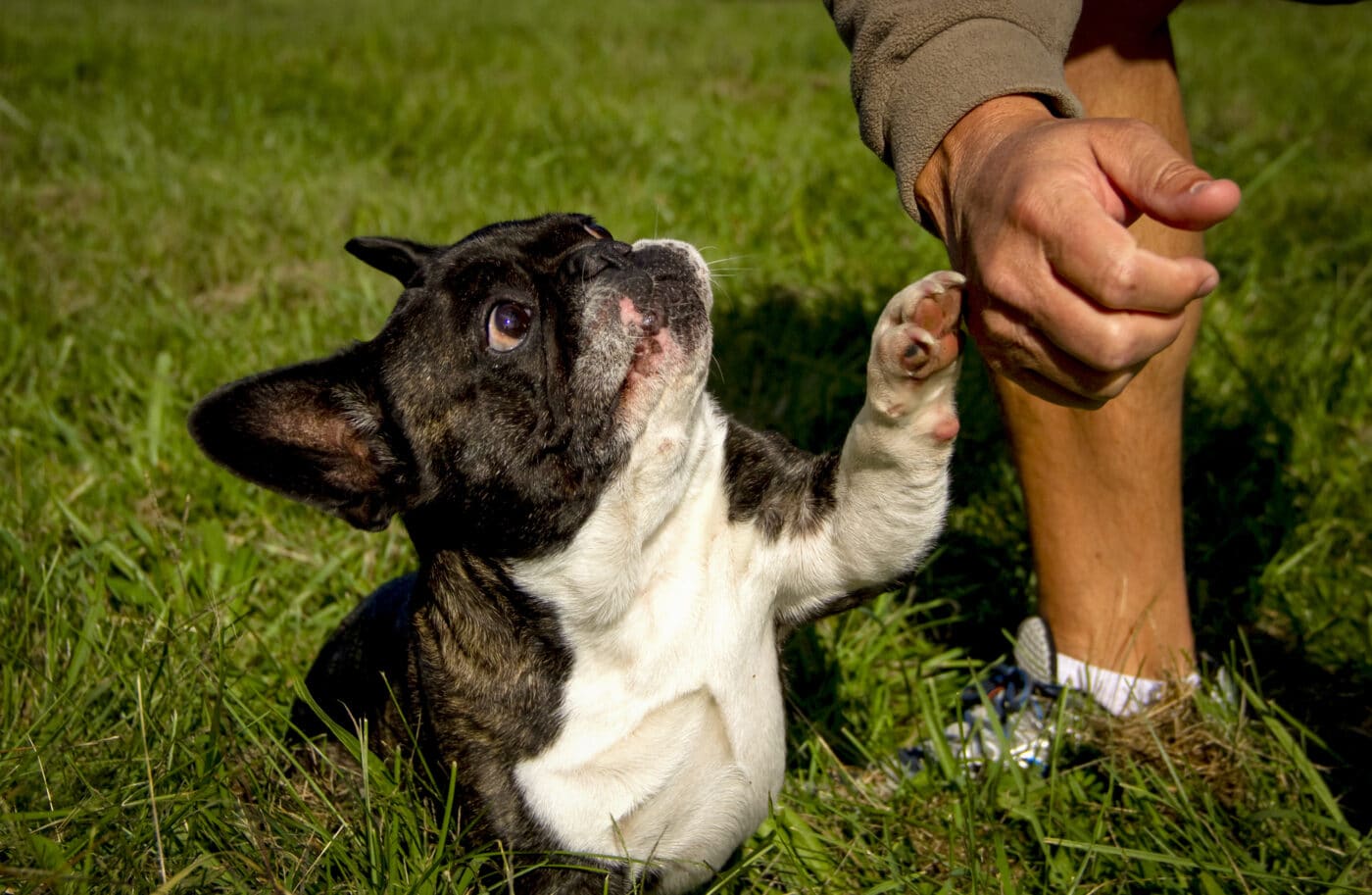 Shutterstock
Shutterstock
Dogs are social creatures that thrive on companionship, affection, and routine. While they may not express loneliness in ways as obvious as humans do, they have subtle ways of showing that they need more attention. A lonely dog might not howl dramatically at the moon, but they might chew on your shoes, follow you from room to room, or suddenly become an expert escape artist. If you notice changes in your dog’s behavior—whether it’s restlessness, excessive sleeping, or newfound mischief—it might be their way of saying, “Hey, I miss you!”
Sudden Destruction of Household Items
 Shutterstock
Shutterstock
If your dog has suddenly turned into a one-dog demolition crew, loneliness might be the culprit. Dogs left alone for long periods can develop boredom-induced destructive habits, such as chewing furniture, shredding pillows, or pulling the stuffing out of their favorite toys. This isn’t them being “bad”—it’s their way of dealing with frustration and seeking stimulation. If your couch cushions are mysteriously disappearing, it might be time to increase playtime and interaction with your pup.
Excessive Barking or Howling
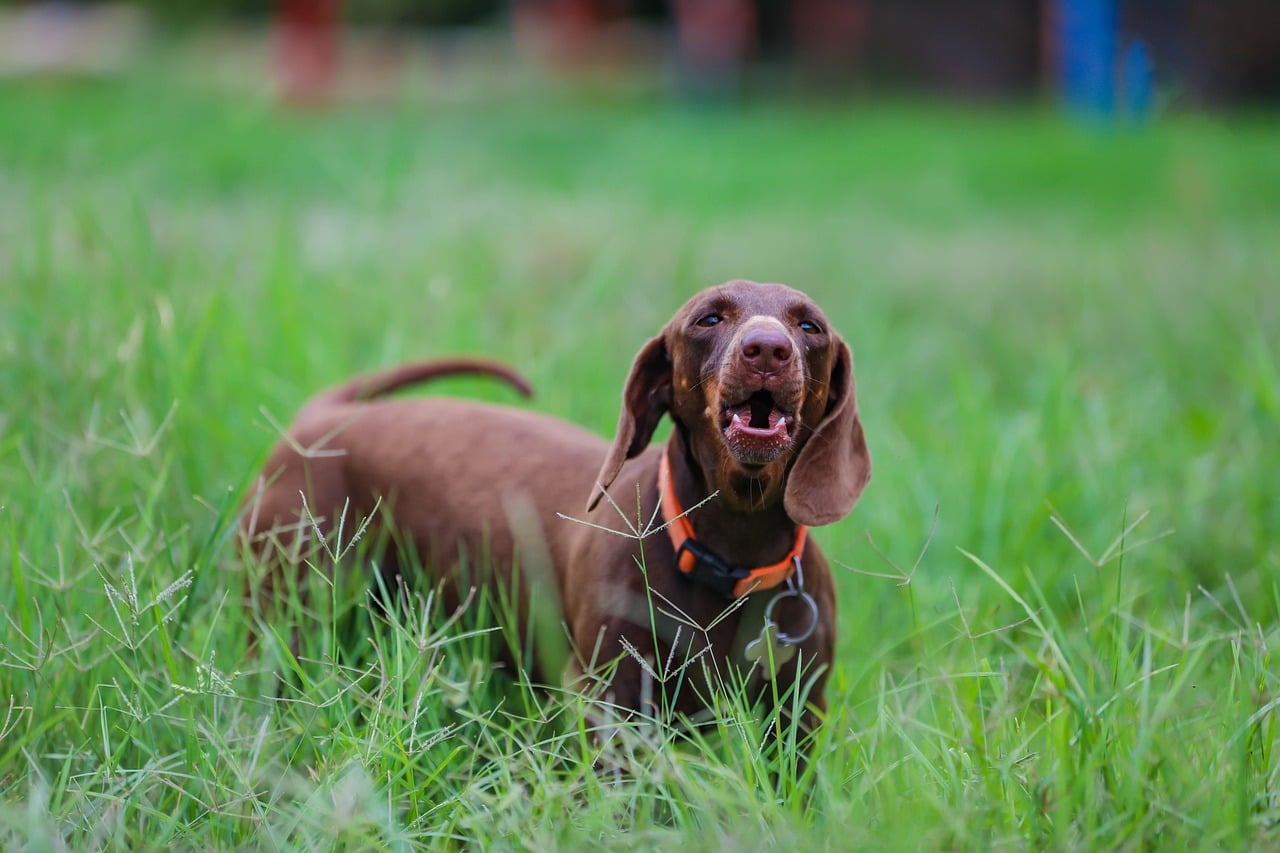 Shutterstock
Shutterstock
Dogs communicate through barking, and when they feel lonely, their vocal volume goes way up. If your dog barks, howls, or whines excessively, especially when left alone, they’re likely trying to call for attention. Some dogs even develop a habit of howling at seemingly nothing, which is their way of expressing their loneliness. If your normally quiet pup has become the neighborhood’s loudest voice, they might just be craving your company.
Following You Everywhere
 Shutterstock
Shutterstock
A dog that turns into your permanent shadow—following you from room to room, standing behind you in the kitchen, and even watching you brush your teeth—may be feeling extra lonely. While many dogs enjoy being around their humans, an increase in clinginess or anxiety, when you leave, can signal that they need more companionship. If you can’t turn around without tripping over your dog, they’re letting you know that they miss you.
Loss of Interest in Food
 Shutterstock
Shutterstock
A lonely dog may experience a change in appetite, especially if mealtime is usually a social event for them. If your pup is leaving food untouched, eating slowly, or suddenly acting disinterested in treats, loneliness could dampen their usual enthusiasm for food. Dogs who feel emotionally down may not find eating as enjoyable as usual—so if your dog’s bowl is staying full, they might need extra love and attention.
Sleeping More Than Usual
 Shutterstock
Shutterstock
While naps are a dog’s favorite pastime, excessive sleeping can be a sign that your pup is lonely. Dogs who feel lonely or understimulated might spend most of their day snoozing out of boredom rather than energy depletion. If your dog’s routine involves more sleep than play, it may be time to add more exercise, enrichment activities, or socialization to their day.
Zoomies That Seem More Like Outbursts
 Shutterstock
Shutterstock
Dog zoomies are usually a sign of joy, but if your dog suddenly has wild, frantic energy bursts out of nowhere, it could be a sign of pent-up frustration from loneliness. Sudden chaotic running, jumping off furniture, or throwing toys into the air can be their way of expressing built-up excitement after being alone for too long. If these zoomies seem more desperate than playful, your dog might just be craving extra attention.
Obsessive Licking or Grooming
 Shutterstock
Shutterstock
Dogs groom themselves, but excessive licking, biting, or chewing on their paws or legs can be a sign of loneliness or stress. Some dogs even develop compulsive behaviors, where they continuously lick one spot, causing irritation or hair loss. This is their way of soothing themselves when they’re feeling lonely. If you notice overgrooming habits, it’s time to step in and provide more stimulation and companionship.
Increased Restlessness or Pacing
 Shutterstock
Shutterstock
A dog that seems unable to relax, constantly pacing around the house, or getting up frequently might be showing signs of loneliness. When dogs don’t get enough social interaction, they may wander, searching for something to do. If your dog is acting like they’re waiting for something exciting to happen, it could be because they’re missing out on quality time with you.
Ignoring You or Acting Distant
 Shutterstock
Shutterstock
Not all lonely dogs become extra clingy—some do the opposite. If your normally affectionate dog starts ignoring commands, avoiding eye contact, or acting uninterested in play, they might be feeling disconnected due to loneliness. It’s their way of showing that they feel isolated and out of sync with their human pack. A little extra love and quality time can help bring back their happy tail wags.
Becoming More Vocal at Night
 Shutterstock
Shutterstock
A dog that’s suddenly whining, barking, or pacing at night might be experiencing loneliness when the house gets quiet. If they’re used to being around people and suddenly find themselves alone at bedtime, they may express their discomfort by trying to get your attention. A lonely dog might struggle to settle down at night, so if your pup is keeping you up, they might just be missing companionship.
Sudden Neediness for Attention
 Shutterstock
Shutterstock
If your dog goes from independent to overly needy, constantly demanding belly rubs, pawing at you, or bringing you toys nonstop, they’re likely trying to fill the loneliness gap with extra affection. Dogs who suddenly demand all your attention are often looking for reassurance that they’re still part of the pack. A little extra snuggle time can help ease their worries and make them feel secure.
Refusing to Play With Toys
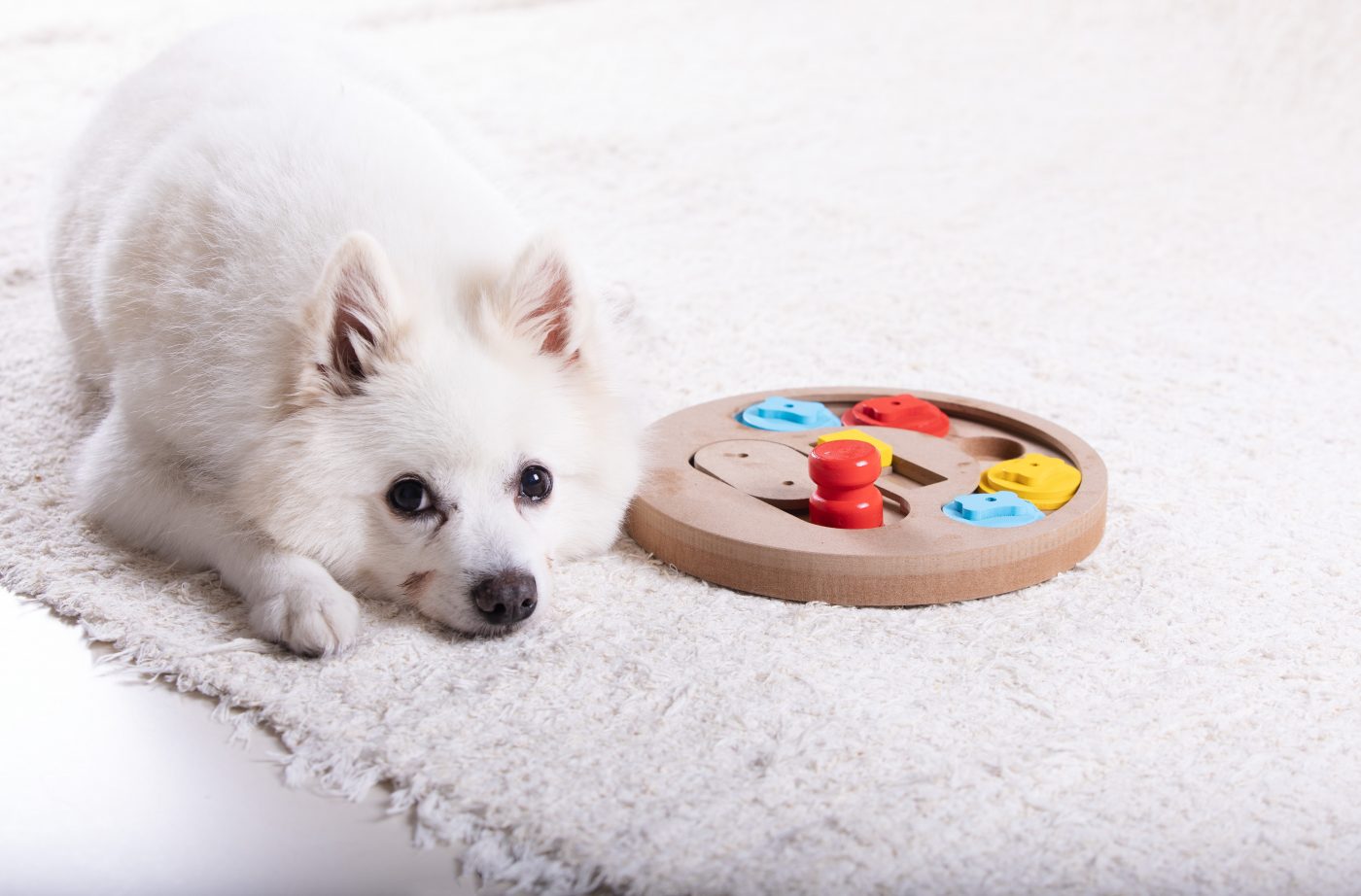 Shutterstock
Shutterstock
A dog that loves toys but suddenly loses interest in them might be showing signs of loneliness. Dogs enjoy playing, but when they’re feeling lonely, even their favorite squeaky toy might not seem fun without someone to share the moment with. If your dog stares at their toys but doesn’t engage, they might just be waiting for a playmate to bring the fun back.
Digging or Scratching at Doors and Windows
 Shutterstock
Shutterstock
A lonely dog may try to escape or find companionship elsewhere, leading to behaviors like digging, scratching at doors, or anxiously waiting by the window. If your dog seems fixated on getting outside, looking for people or other dogs, it might be their way of expressing that they need more interaction.
Jumping on You the Moment You Walk In
 Shutterstock
Shutterstock
A dog that explodes with excitement when you walk through the door—jumping, spinning, barking, and acting like you’ve been gone for a year—might be feeling extra lonely during the day. While many dogs get excited when their humans come home, a dramatic, over-the-top greeting can be a sign that they felt isolated while you were away.
Unusual Bathroom Habits
 Shutterstock
Shutterstock
A lonely dog might start displaying odd bathroom behaviors, like having accidents indoors, even if they’re fully house-trained. Some dogs may mark territory more often, hesitate to go outside alone or take longer than usual to do their business. This isn’t about defiance—it’s a way for them to express anxiety and loneliness. If your dog’s bathroom habits seem off, it might be their way of seeking comfort or signaling that they need more time with you.
The Tale Of The Lonely Pup
 MidJourney
MidJourney
If your dog is showing any of these hidden signs of loneliness, don’t panic—there are plenty of ways to help them feel happier and more connected. Small changes like extra playtime, new toys, or even just a little more cuddle time can make a big difference. Dogs thrive on companionship, and they just want to know they’re an important part of your world. So, whether it’s a belly rub, a walk, or simply being by their side, reminding them they’re loved will always be the best cure for loneliness.

 1 month ago
19
1 month ago
19


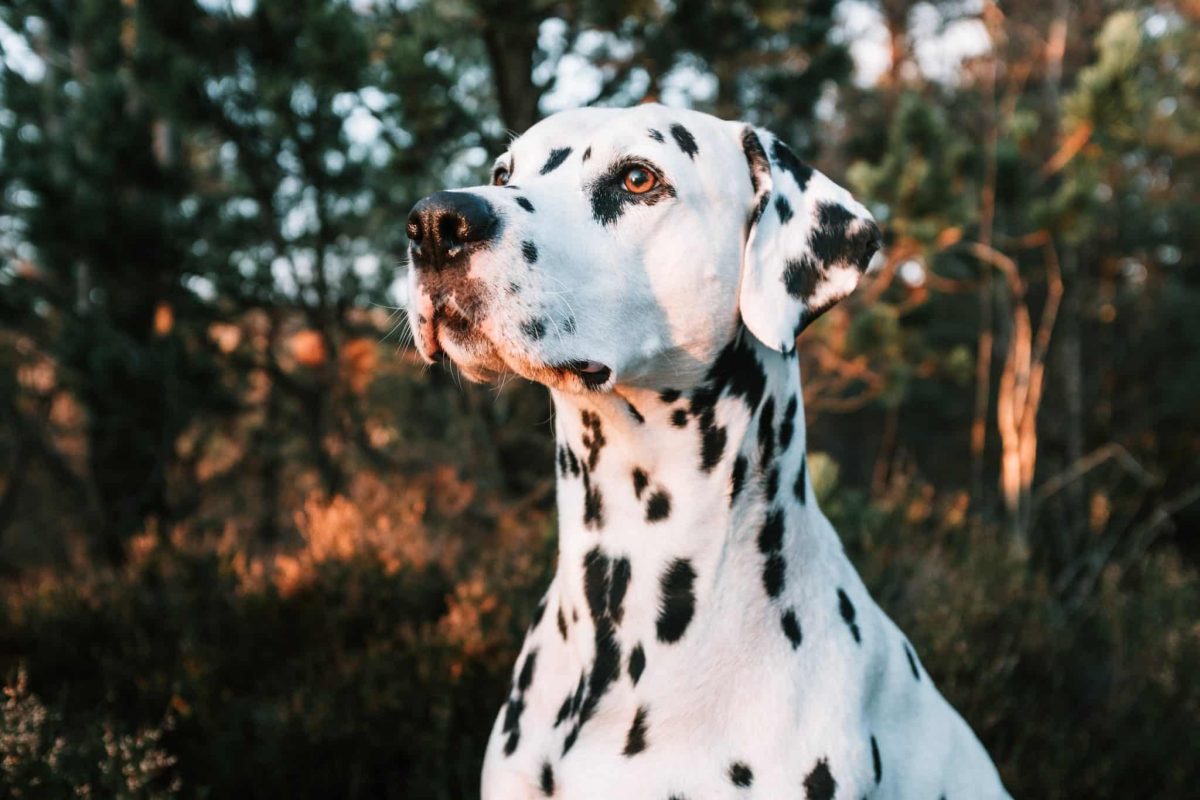


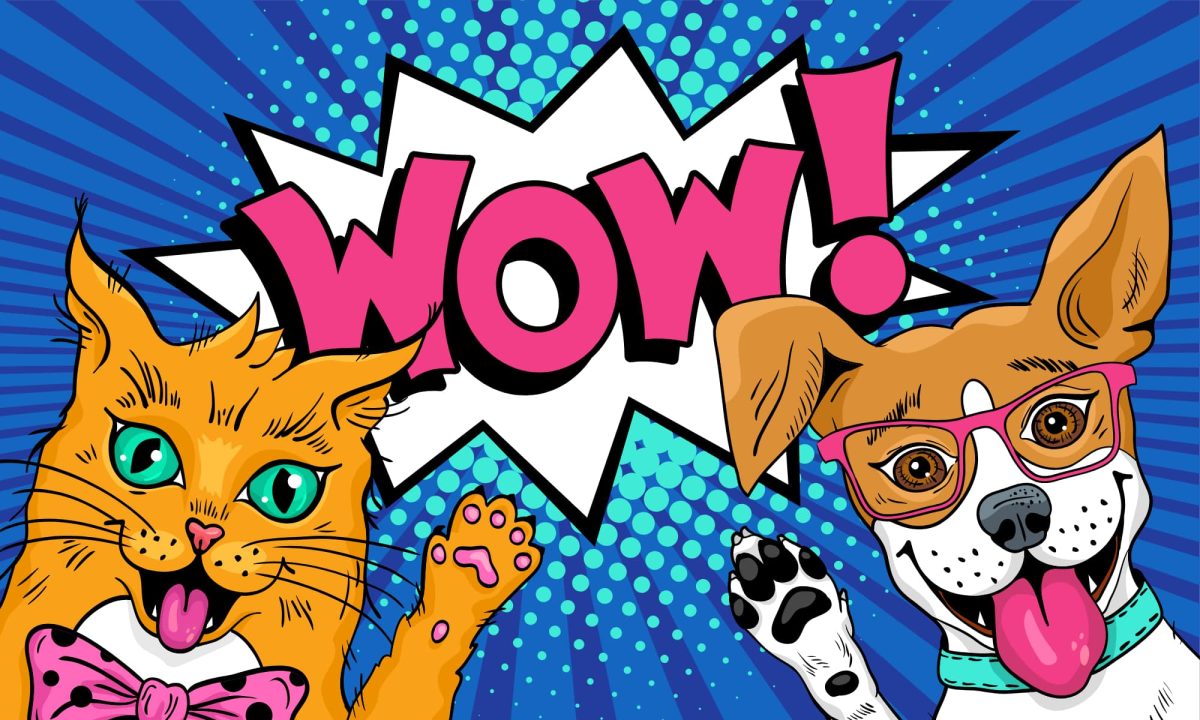

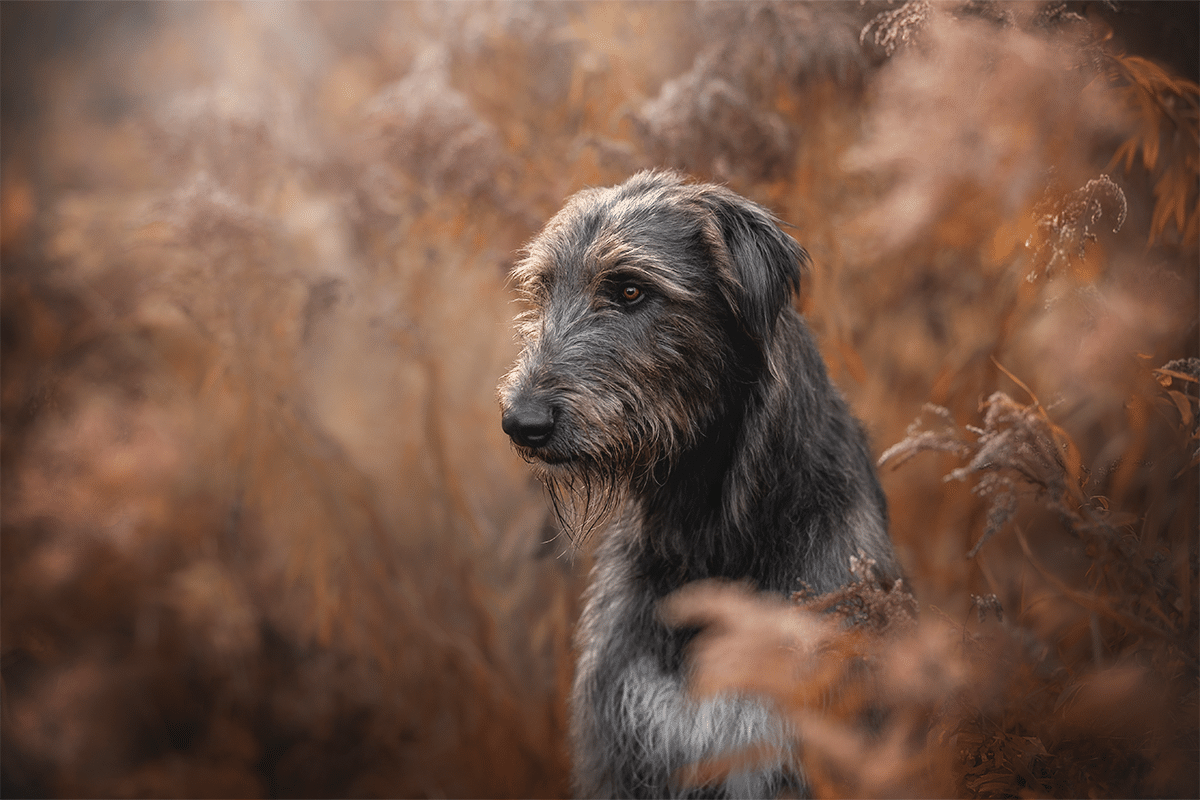
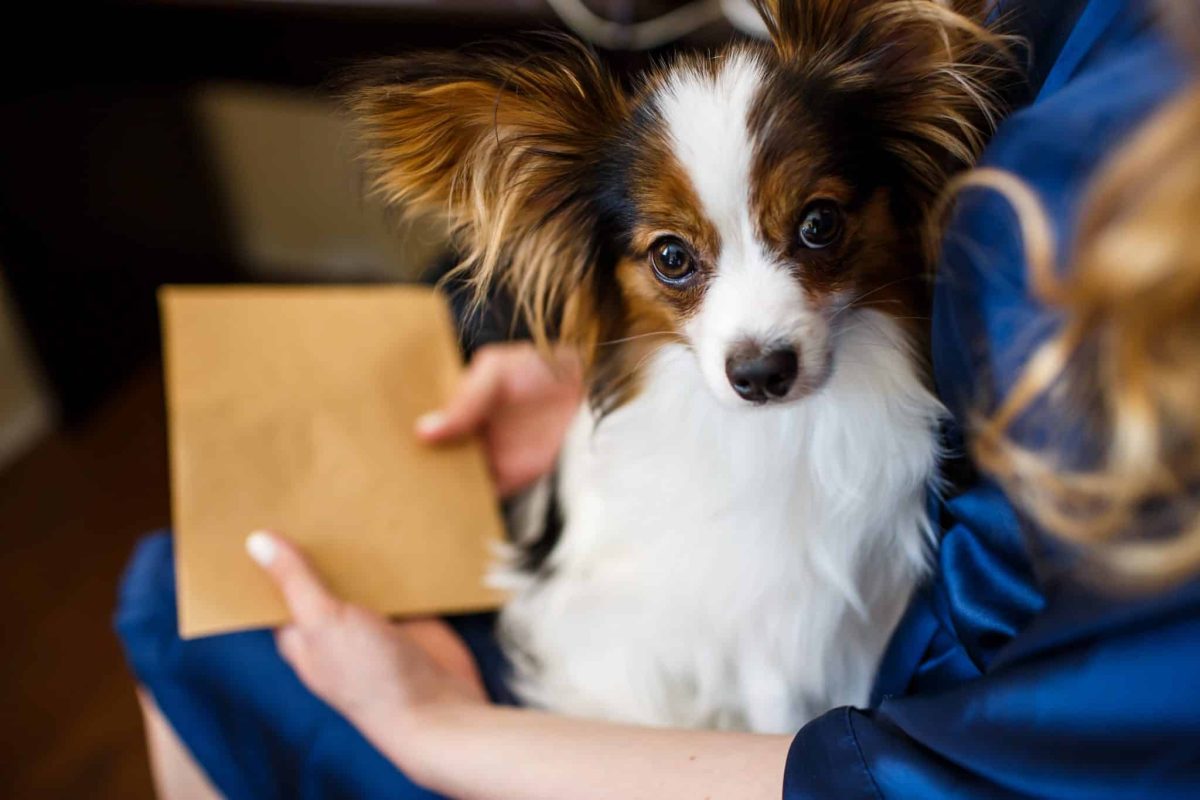









 English (US) ·
English (US) ·